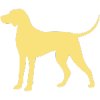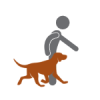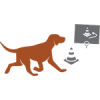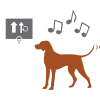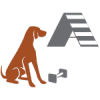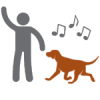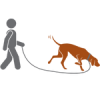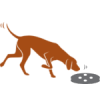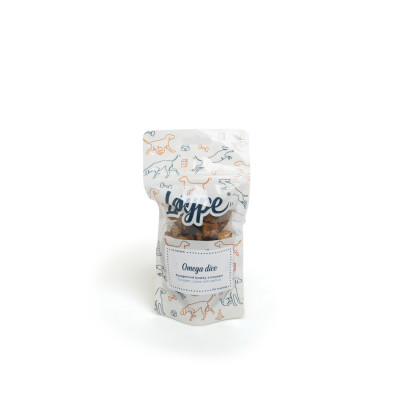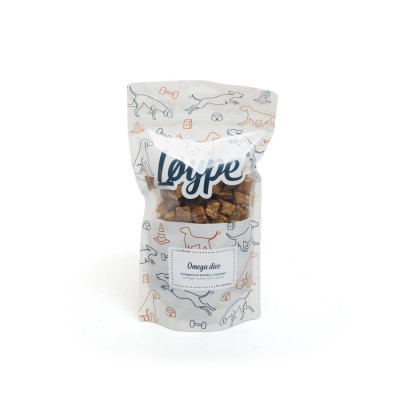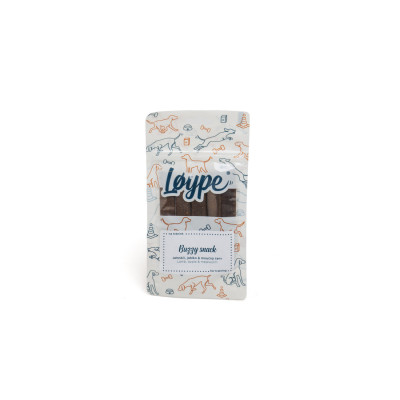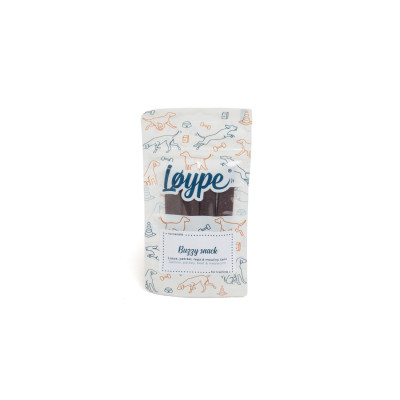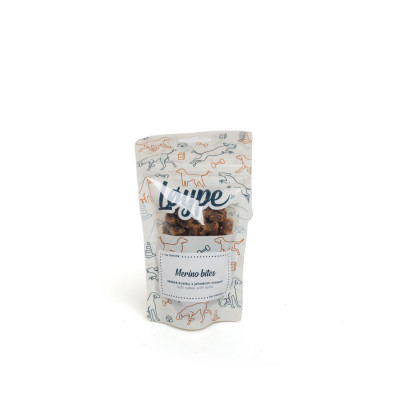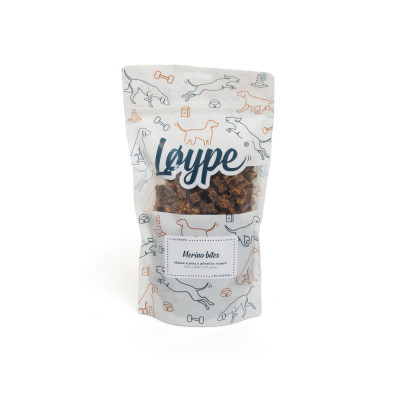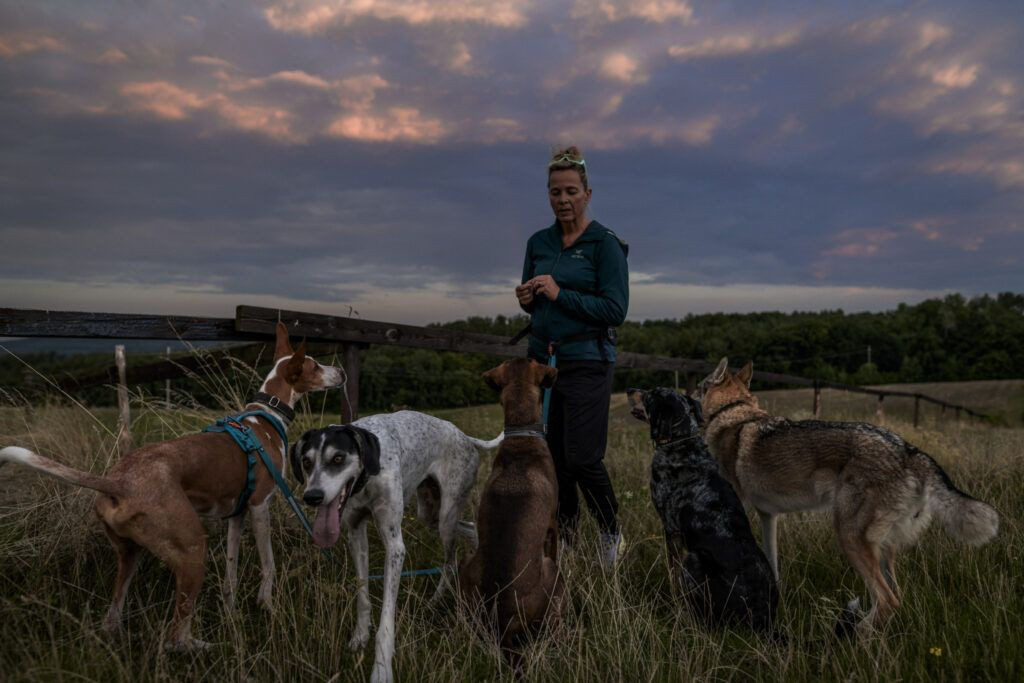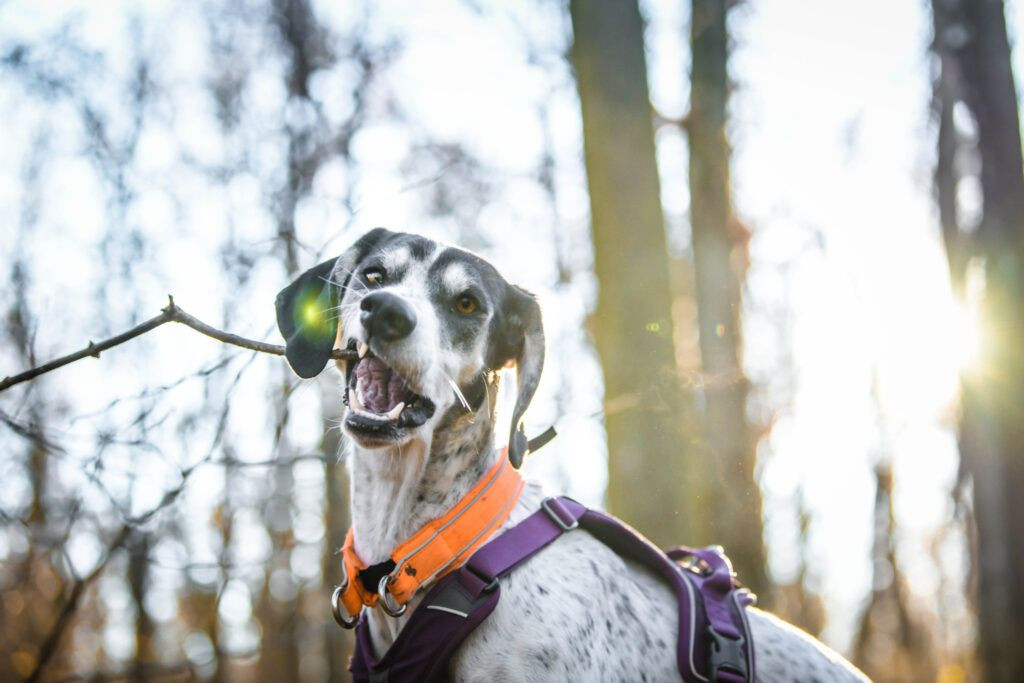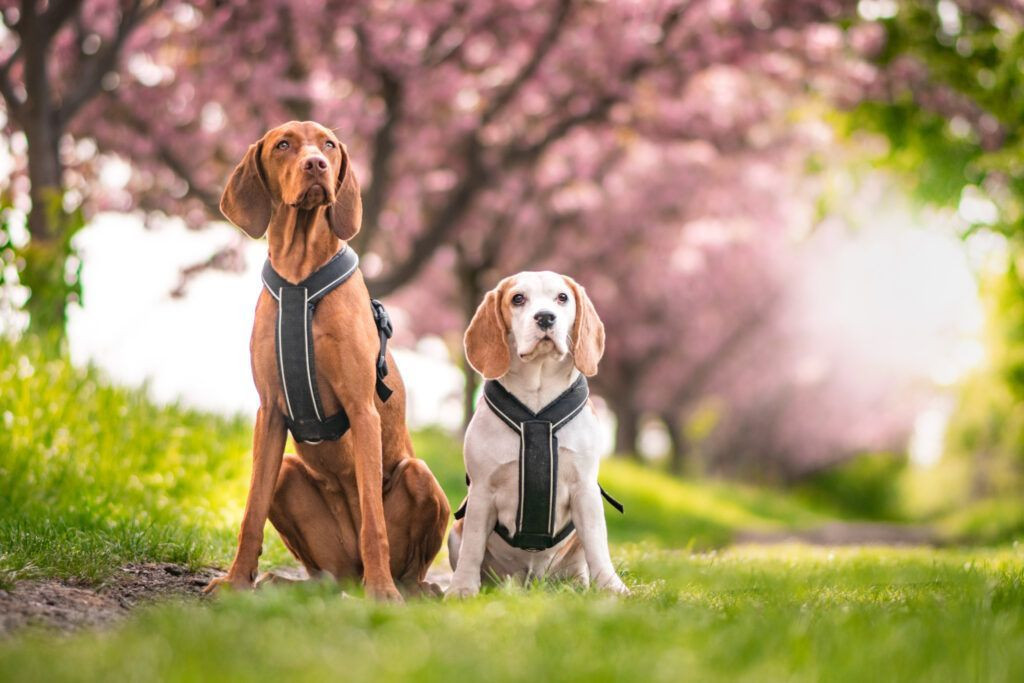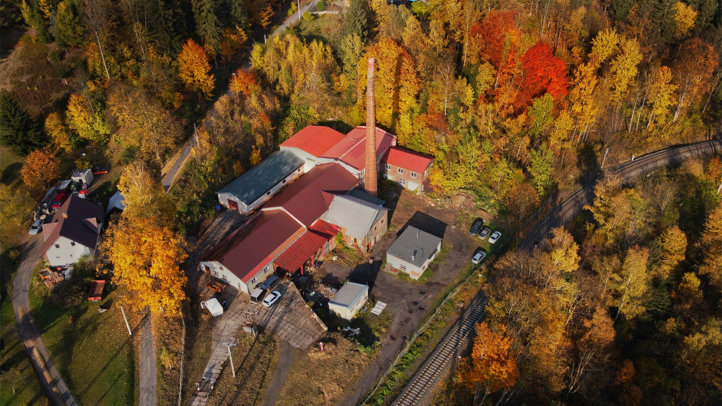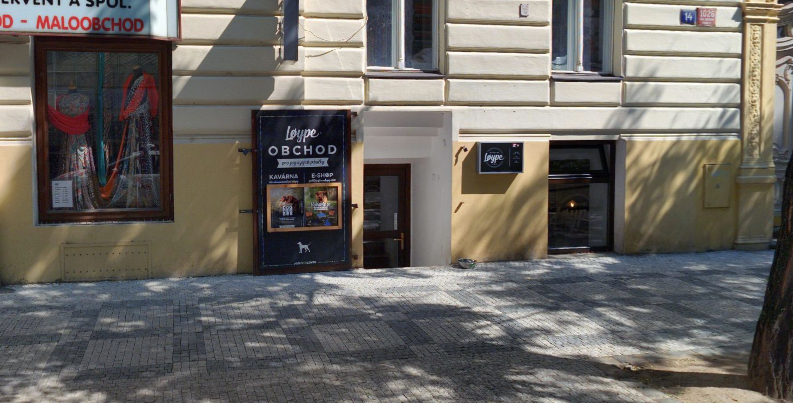Treats and rewarding your dog: everything you need to know
Rewarding is one of the most important tools in raising and training a dog. It helps reinforce desirable behavior, strengthens the bond of trust between human and dog, and makes communication easier.
What is a reward for a dog?
A reward is anything that the dog perceives as pleasant and that motivates them to repeat a certain behavior. It doesn't have to be just treats—rewards can also include play, praise, petting, or even permission to engage in a specific activity (such as being allowed to run through a door after obeying the command “sit”).
Every dog is unique, so it's important to find out what truly motivates your dog. Even more important, however, is the timing of the reward. If you offer it too late, the dog won’t associate it with the behavior you’re trying to reinforce. A very helpful tool for precise timing is a marker—for example, a clicker or a verbal cue like “yes” or “good,” which marks the exact moment the desired behavior occurs.
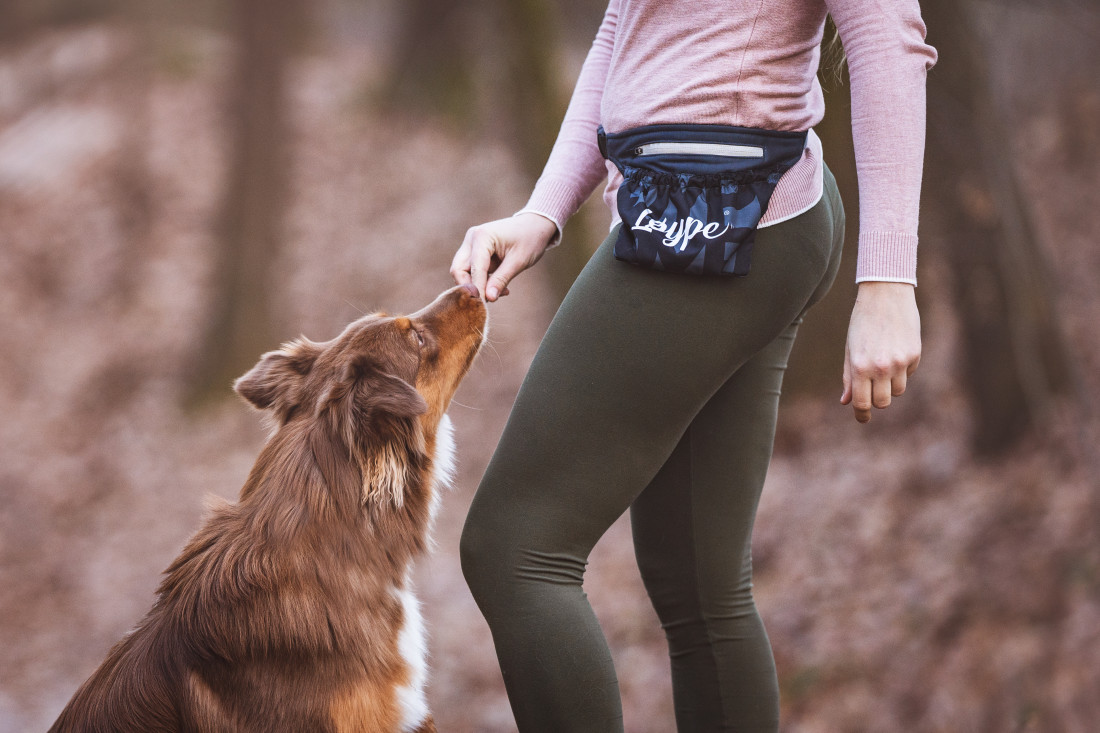
What treats should you choose?
Not all treats have the same value for a dog. Some are perceived as an ordinary part of the day, while others are seen as a true treasure. That’s why it’s useful to distinguish treats based on their value—and to always have a few different options on hand for different situations.
Low-value treats
These include regular food (such as kibble) or less aromatic snacks. They are suitable for simple tasks or practicing familiar behaviors in a calm environment. For example, they can be used during home training when the dog is not distracted by external stimuli.
Medium-value treats
These include high-quality treats with a high meat content. They are more attractive and are useful for learning new tasks or training outdoors where there are mild distractions.
High-value treats
These include pieces of cooked meat, cheese, sausage, or canned/wet food that the dog only gets occasionally. They are used for training challenging or completely new skills, in highly distracting environments, or in situations where very strong motivation is needed.
Distinguishing between these three levels is key to effective training. It helps you manage motivation appropriately and avoid situations where the dog loses interest in standard rewards.
How to reward correctly
Choosing the right treat or toy is important, but just as essential is how and when you reward your dog. Different types of rewards are suitable for different kinds of training or situations.
Hand-delivered reward
This is the most common form of reward. It’s used when teaching new commands, where it’s important to keep the dog close and focused on the handler. It strengthens attention and engagement. To ensure treats are always within reach, don’t forget to equip yourself with a good-quality treat bag.
.jpg)
Reward from the ground
A treat placed on the ground can have a calming effect. The dog has to lower its head, which helps it relax and can diffuse any tension. This form of reward is useful during stationary exercises or as a break during training sessions.
Toy as a reward
Ideal for dogs with a strong drive for fetching or tugging. Play is not only a reward but also a way to release excess energy. However, we recommend not leaving toys available to the dog all day long—their value can decrease.
Verbal praise as a reward
Joyful and natural verbal praise can often be more powerful than a treat. It should be genuine and enthusiastic. If a dog is used to this type of reward, it can be very effective—especially during walks or in situations where treats are not available.
Physical affection as a reward
Some dogs enjoy physical contact and perceive petting as very pleasant. Others may not appreciate it, especially in stressful or challenging situations. It’s important to pay attention to the dog’s signals and not force contact that they don’t want.
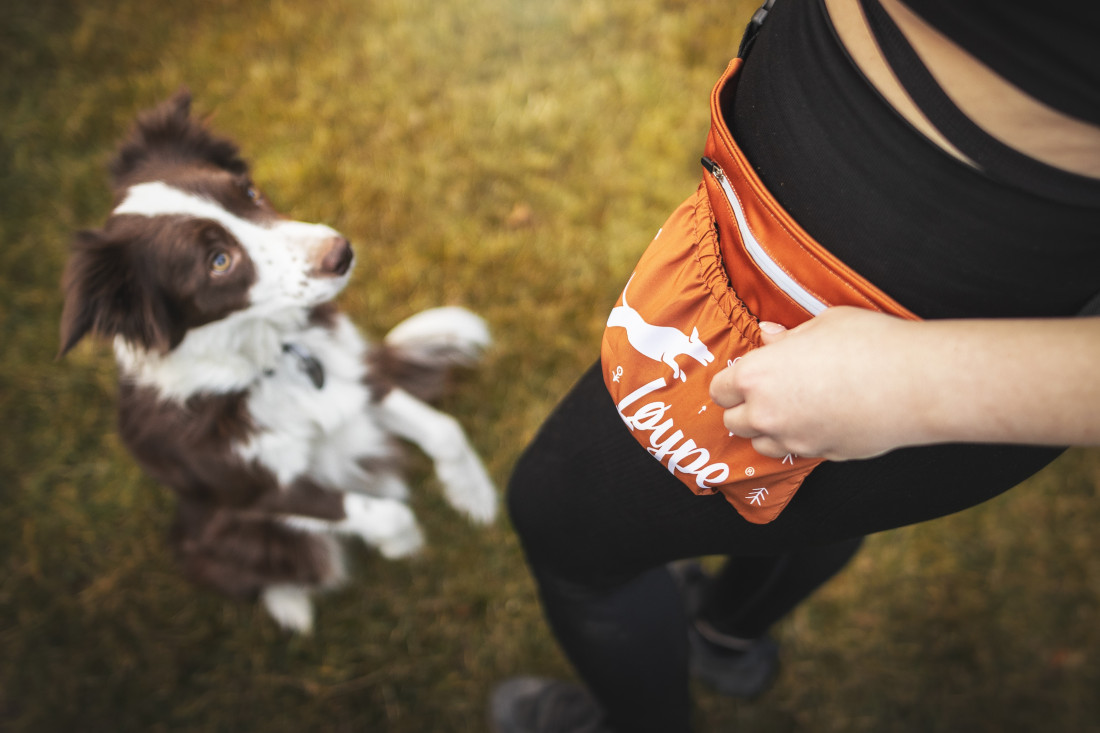
Summary
Rewarding is much more than just handing out treats. It’s a tool for communication, motivation, and strengthening the bond between you and your dog. To make it truly effective:
- Find out what your dog really considers a reward—whether it's food, play, or praise.
- Keep different types of rewards on hand, suited to their value and the situation.
- Reward precisely and at the right moment—only then will your dog understand what they’re being rewarded for.
- With well-managed rewarding, training will not only be effective, but also joyful—for both of you.


